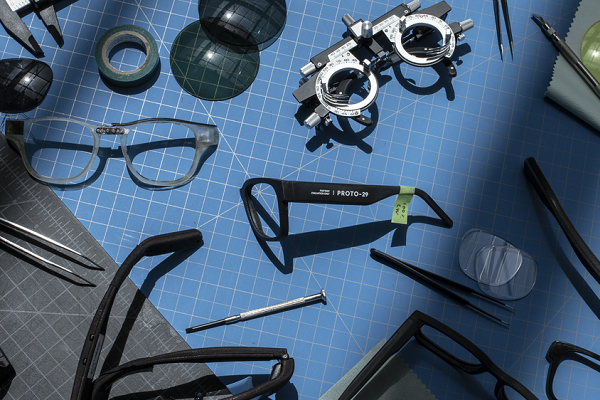Google Starts Real-World Testing for Augmented Reality Glasses That May Employ North Focals Tech

Google will start real-world testing of augmented reality glasses for translation and navigation next month. Several dozen testers will walk around wearing prototypes AR glasses with inset lens displays, microphones, and cameras for limited activites like translating text and providing audio directions. The description suggests the device extends and improves on the technology Google acquired in 2020 from North, the makers of Focals by North smart glasses.
Google AR
Google has spent years developing AR devices, code-named Iris, according to some rumors. Recent reports suggest a 2024 release for the device, which may hide its tech enough to look like regular prescription glasses, a goal North was working toward before getting acquired. The upcoming tests are circumscribed to things like translating menus and displaying directions. For privacy, the prototypes won’t even allow for photos or video recordings despite the available hardware.
The version Google releases will likely be more ambitious in employing video and photographic services. The microphone will presumably connect wearers to Google Assistant, though the operating system is still unknown. Google’s vice president of Labs Clay Bavor is still running the AR and VR division, following his Google Cardboard and Daydream VR platform development and is said to be working with Google Assistant creator Scott Huffman on the project too. That Google is moving to tests beyond controlled environments is certainly an encouraging sign for those hoping to see a device that will permanently wipe out bad memories of Google Glass.
“[T]esting only in a lab environment has its limitations,” Google group product manager Juston Payne wrote to announce the tests. ” So starting next month, we plan to test AR prototypes in the real world. This will allow us to better understand how these devices can help people in their everyday lives. And as we develop experiences like AR navigation, it will help us take factors such as weather and busy intersections into account — which can be difficult, sometimes impossible, to fully recreate indoors.”
Follow @voicebotai Follow @erichschwartz








